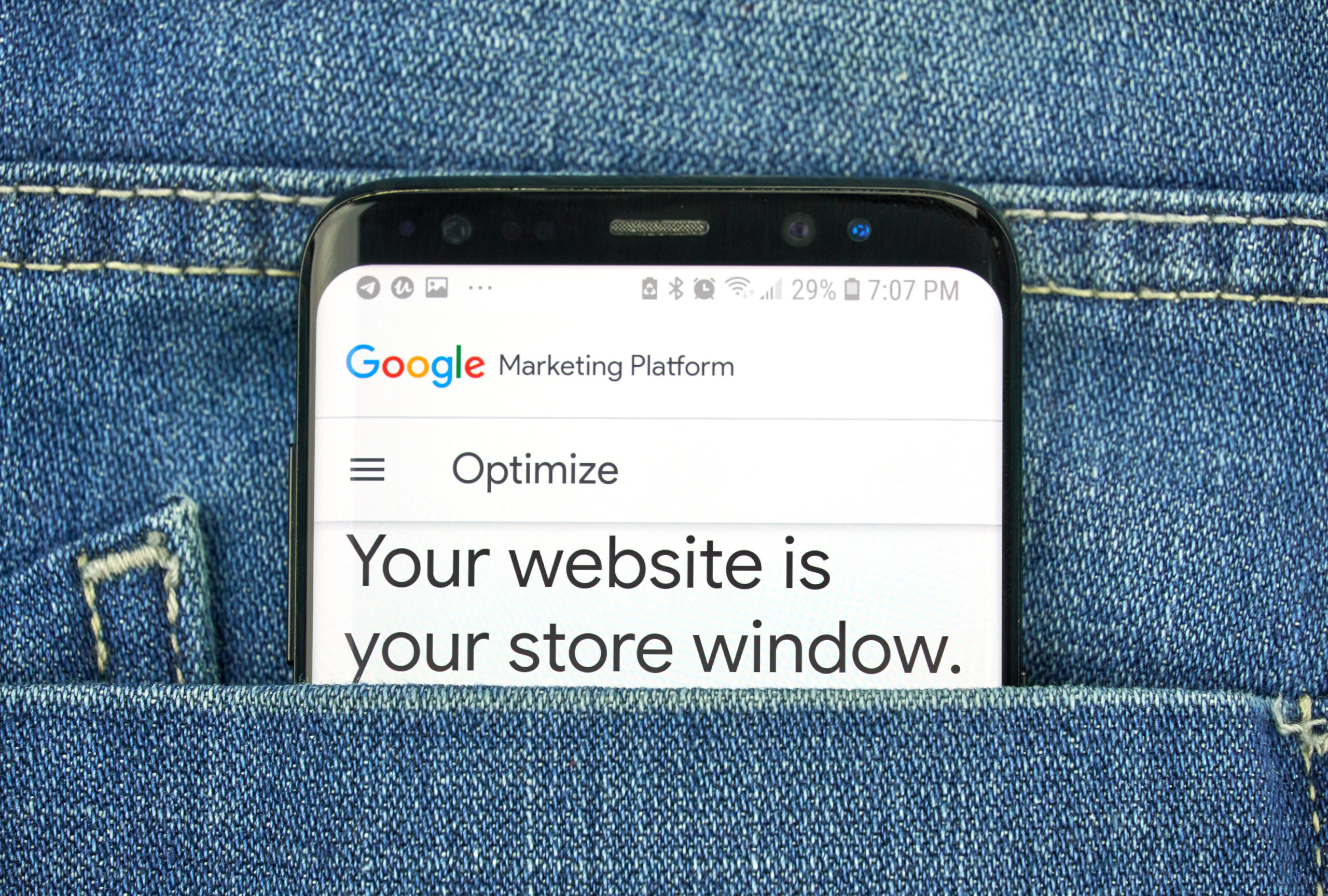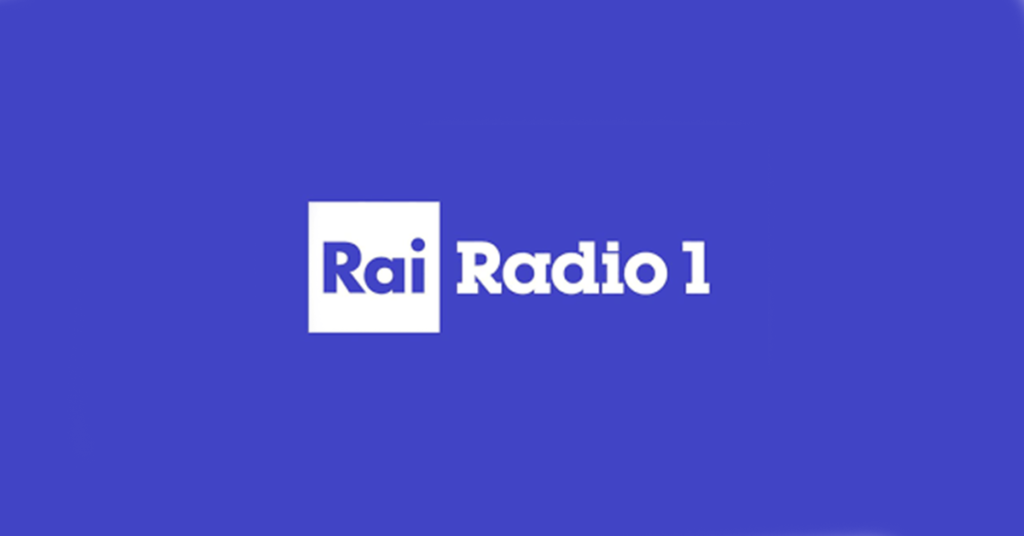Google recently officially announced that it would discontinue Google Optimize, saying that it mainly wants to focus on the development of GA4 and particularly on its data analysis capabilities and possible integrations with third-party tools. The date of disposal of the AB testing instrument has been set for 30 September 2023 for both the free and 360 versions.
Google Optimize is the Google Marketing Platform dedicated to CRO. Available in both free and premium versions, it allows you to perform AB tests, multivariate and split tests. The tool also integrates a visual editor, meaning you can directly edit the pages under test, a practically automatic synchronisation with Google Analytics for the analysis of results. In the 360 version, you can also scale towards personalisation, in addition to and at the same time as, the test thresholds.
This announcement obviously offers a great deal of food for thought for managers and insiders who deal with, or would like to look at, CRO and optimisation processes, discussed in this article.
How does the discontinuation of Google Optimize impact my optimisation strategy?
Let’s start with a statement of fact: once Optimize is discontinued, there will no longer be a free tool on the market for measuring CRO activities. Google Optimize, in fact, was the only tool of this type that included a free version as well as the paid one; from September, it will no longer be available even to those who have already migrated to Google Analytics 4 and who can therefore access the free version by default, from September.
Its disappearance therefore means there will be no alternative but to acquire a new tool to continue investing in Conversion Rate Optimisation activities.
Thus, there are two possible scenarios: if you have already invested in a solid process, staff and budgets for optimisation activities, this news will not impact on your results: start evaluating immediately an alternative third-party tool, adapted to your needs, both in terms of budget and types of tests planned, to be implemented as soon as possible in the process.
In fact, it is essential that, before beginning to work out budgets and costs, we consider the staffing requirements; a competent team with adequate technical training, who already know what/how to operate. In fact, in our opinion, an instrument is just that, that is, a means to an end, and its value is proportional to the capacity of the user and the way the project is structured.
Our advice, given the months of lead time available, is to start immediately with software selection: indeed, the market offers a truly vast range of tools that will allow you to keep your project running effectively, allowing the team time to acclimatise so that the transition is as linear and smooth as possible.
If, on the other hand, you have still to establish an optimisation process, always evaluate first the skills necessary to build a team and the related processes, then look at the costs of integrating a third-party tool. The budget for the tool must not act as a blocker on activating the optimisation strategy: the famous Avinash rule of 10/90 (10% to software, 90% people) remains a golden rule in this case too.
Will CRO lose relevance in future digital marketing plans?
No, although the scenario may seem irretrievably compromised as the digital world veers in an increasingly cookieless direction, and taking into account the choices of big players like Google, with tools like Google Optimize, we believe that the future of CRO will still be rosy. We must ensure continued investments in optimising the user experience and keeping good close track of it. Given that, technically, we have less information, especially on the advertising side, this only makes it all the more important to optimise such information as we do have. Therefore, expanding the concept of CRO on the data in our possession, especially first party, on all the dialogue exchanges with the customer compatible with alternative test methods (for instance, the server side testing already available on the main tools on the market), will play a fundamental role in future strategies. Especially at a time of contraction, it will be crucial to consider making budget allocations for CRO optimisation processes, rather than reducing or even cancelling such funding.
Which instrument should I choose?
The answer, of course, is not straightforward but must take account of individual needs. From our own experience, we would point to tools such as Adobe target, VWO, Optimizely, AB Tasty, Monetate, Kameleoon, Convert, as examples that meet our customers’ requirements. In coming to a decision, there are a number of factors to bear in mind:
- Frequency and number of tests: choosing an instrument that has broad visibility over possible cases of collision or that manages selective blocks of intervention will facilitate scalable and articulated projects. For smaller or low-traffic projects, this factor will have far less impact than it does in very large and structured projects.
- Intuitiveness and simplicity: The CRO process is often broken down into various phases and many interlocutors, we do not want to add complexity. Especially for teams that are less technically structured, a less specific tool may be a better bet: for example, one that provides pre-configured widgets to test or an interface that facilitates technical editing of pages.
- Features: Which ones are really essential? APP testing, Server side testing, user behaviour monitoring, personalisation, CDP integration, product recommendation, data visualisation, etc. In addition to the “classic” AB testing offered by all the tools across the range, we must clearly understand our project’s prerogatives.
- Budget: We must also take this into account. If the cost is a problem, we can consider, for example, using our partner agency’s instrument or spreading the cost over business units to reduce the impact.
Conclusion
CRO remains a core activity in our digital investments because it allows us to optimise marketing investments up to 30%, making it a high ROI activity (as discussed in depth here). For this same reason, the closing down of the most commonly-used, free tool on the market, Google Optimize, should not make us reluctant to continue investing in process optimisation, because the tool is only one cog in a test & learn process which is, and remains, at the heart of CRO activity. If this mechanism is kept well-oiled and working, there are a whole host of tools available to us to choose from enabling us to forge ahead with our testing activities.
This article was written by Nicolò Pantaleoni, Digital Analytics & CRO Team Manager.




















 Discover UP
Discover UP Monitor UP
Monitor UP Level UP
Level UP